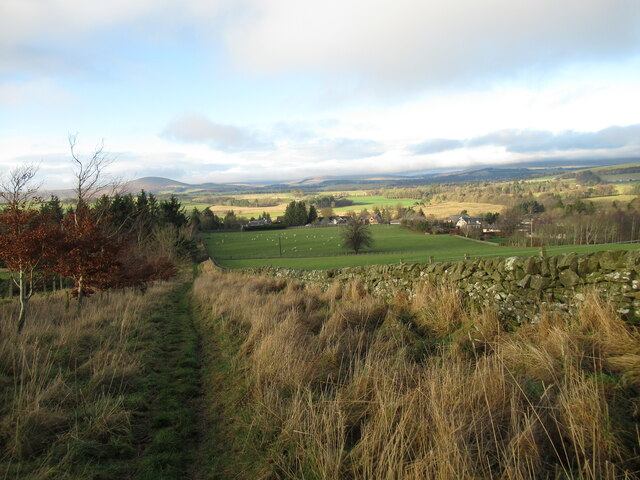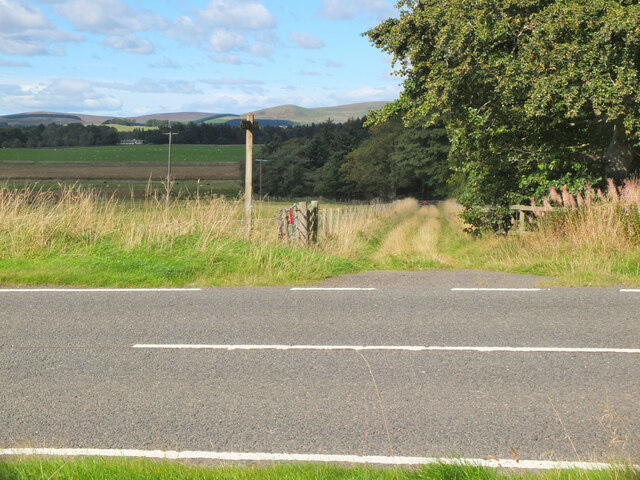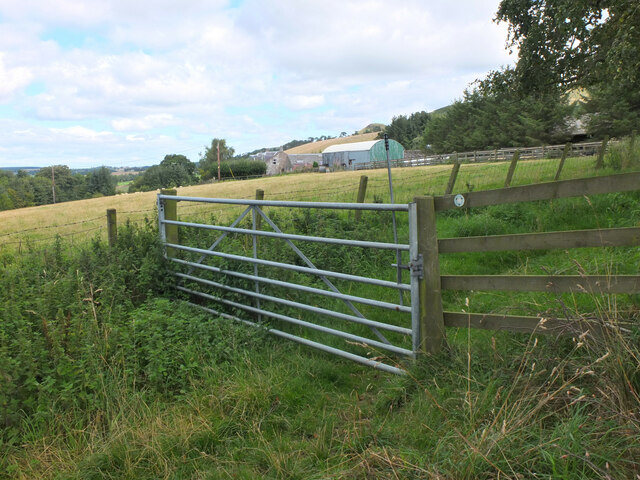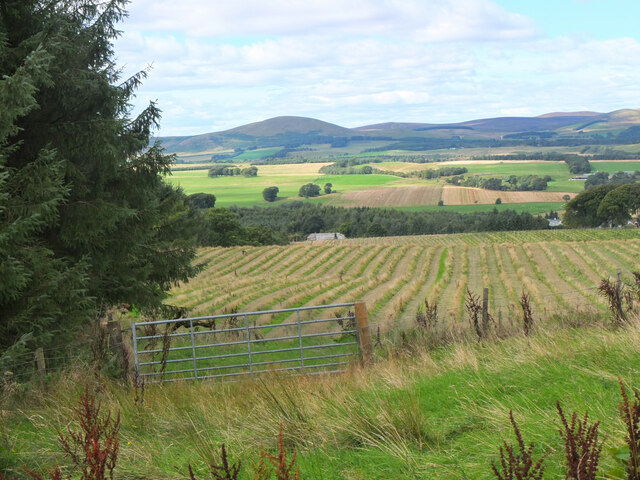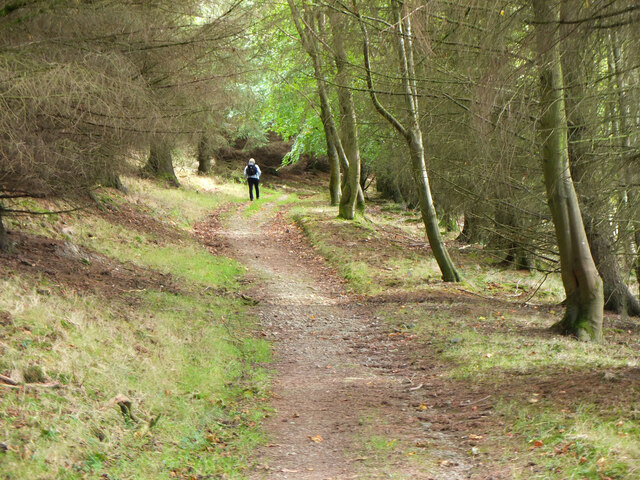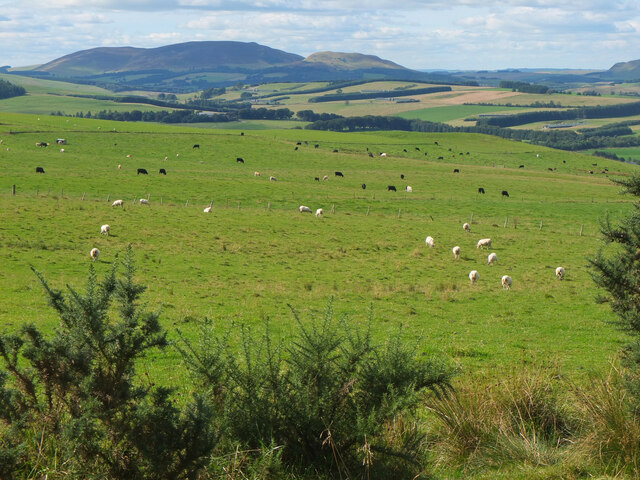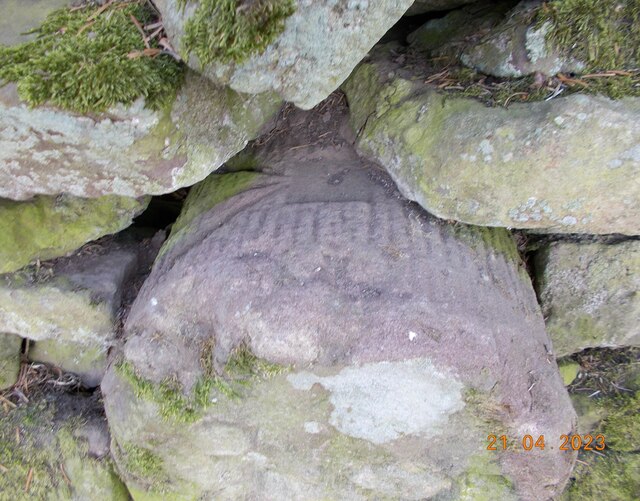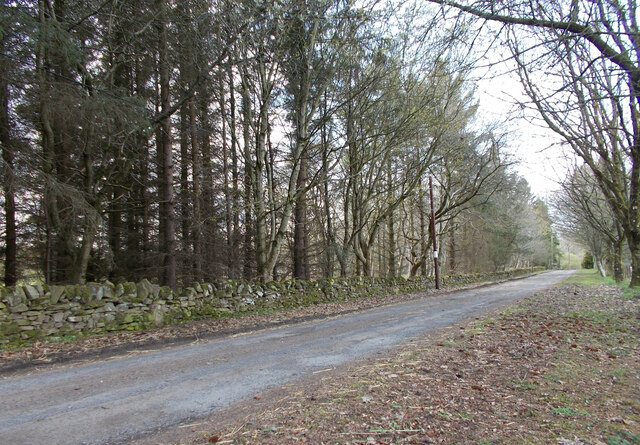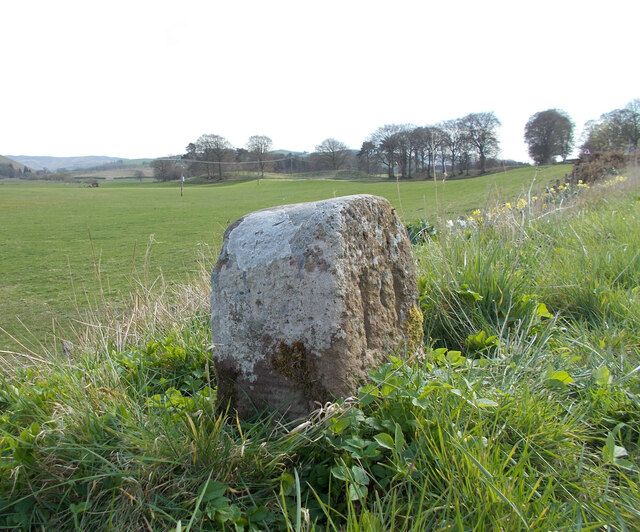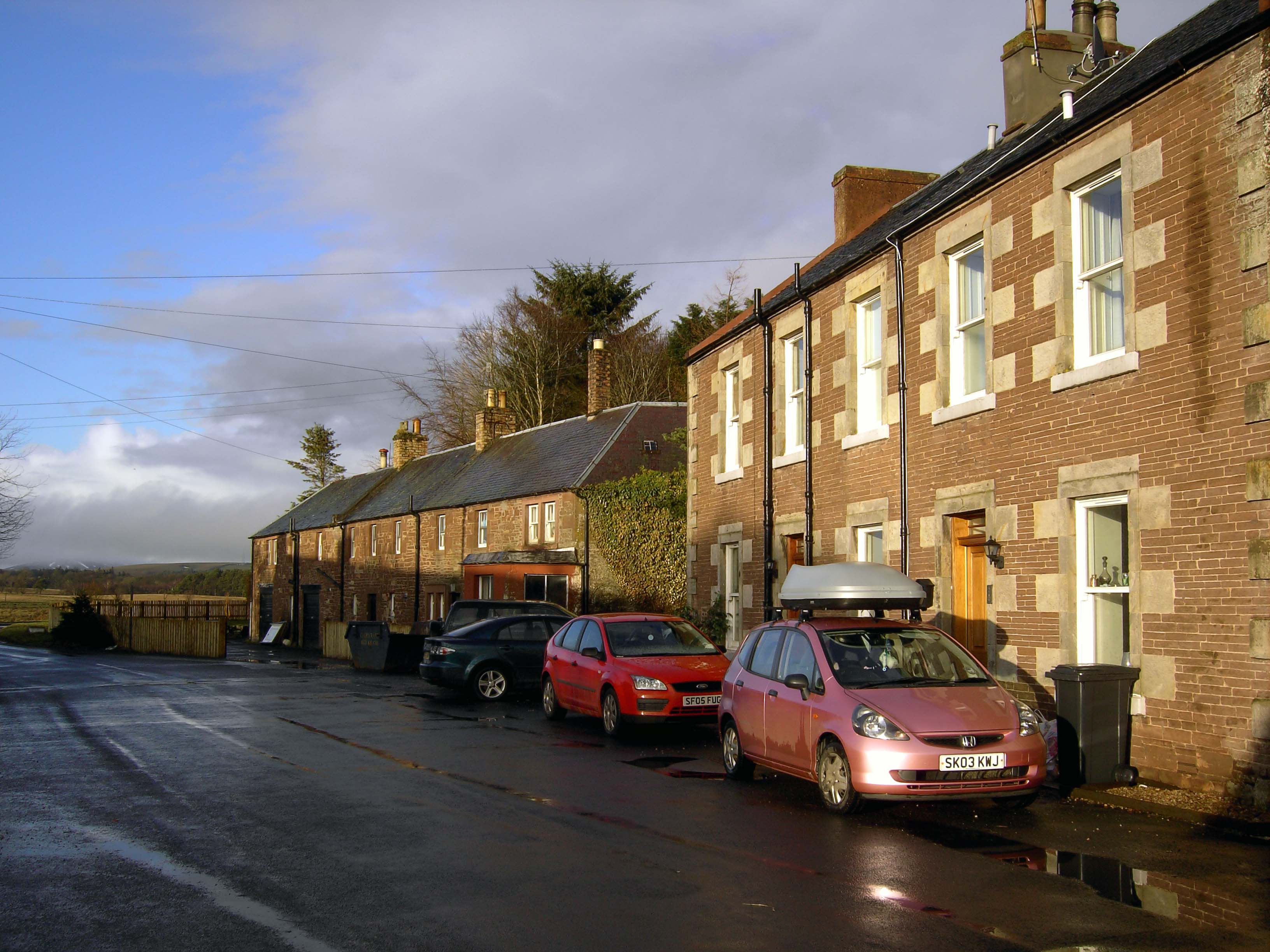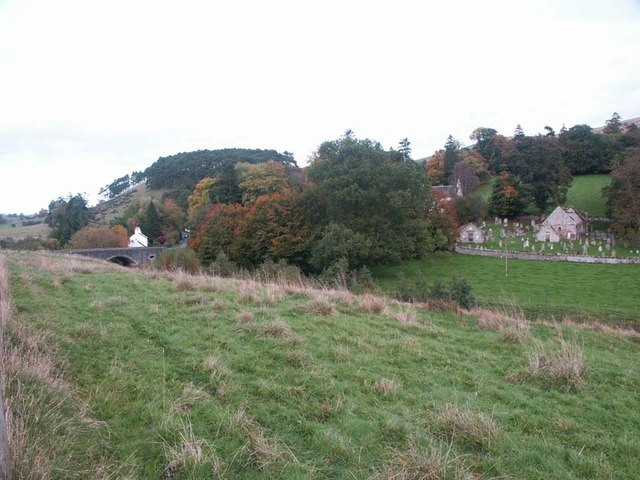Moot Hill
Hill, Mountain in Peeblesshire
Scotland
Moot Hill
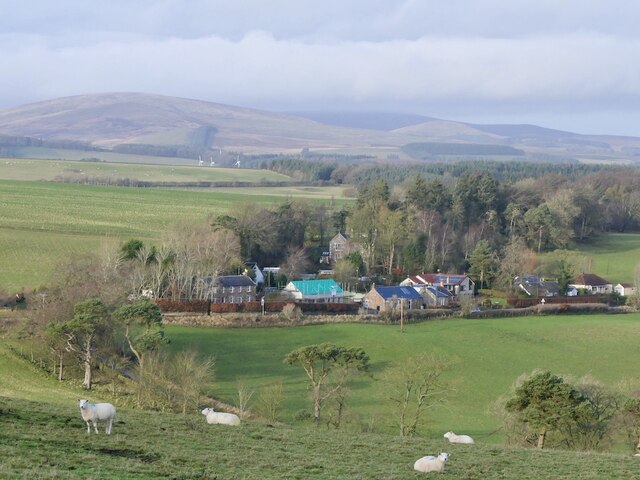
Moot Hill, also known as Meikleholm Hill, is a prominent landmark located in Peeblesshire, Scotland. Rising to an elevation of 367 meters (1,204 feet), it is categorized as a hill rather than a mountain. The hill is situated approximately 2 kilometers (1.2 miles) southwest of the town of Peebles, making it easily accessible for visitors and locals alike.
Moot Hill holds significant historical and cultural importance as it was once the site of a traditional gathering place for the people of Peeblesshire. Historically, it served as a meeting point for important discussions, legal proceedings, and local assemblies. This association with the local legal system has led to its alternate name, "Moot Hill," as 'moot' refers to a traditional legal assembly.
From the summit of Moot Hill, visitors are treated to breathtaking panoramic views of the surrounding countryside. On a clear day, the rolling hills, meandering rivers, and distant peaks of the Scottish Borders can be seen in all their glory. The hill is also home to a diverse range of flora and fauna, making it a popular spot for nature lovers and birdwatchers.
Access to Moot Hill is relatively easy, with a well-maintained footpath leading to the top. The walk is moderate in difficulty, suitable for most fitness levels. Visitors are advised to wear appropriate footwear and carry water and snacks, especially during warmer months.
Overall, Moot Hill offers both historical significance and natural beauty, making it a must-visit destination for those exploring Peeblesshire and the Scottish Borders region.
If you have any feedback on the listing, please let us know in the comments section below.
Moot Hill Images
Images are sourced within 2km of 55.72033/-3.332538 or Grid Reference NT1648. Thanks to Geograph Open Source API. All images are credited.


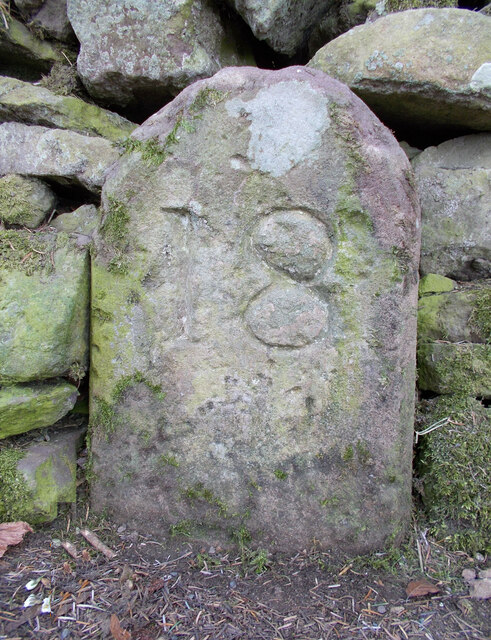
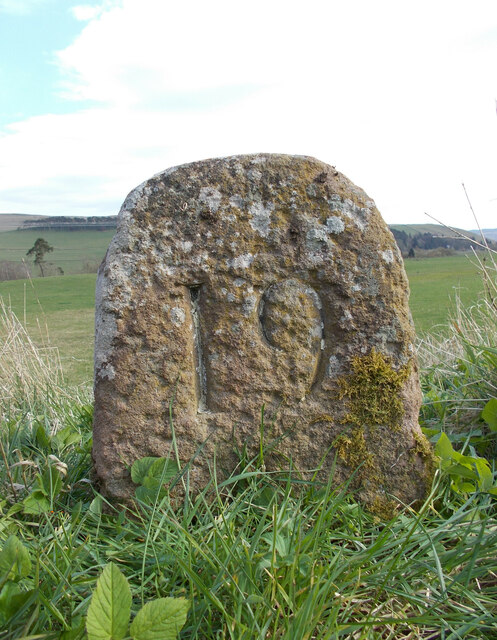
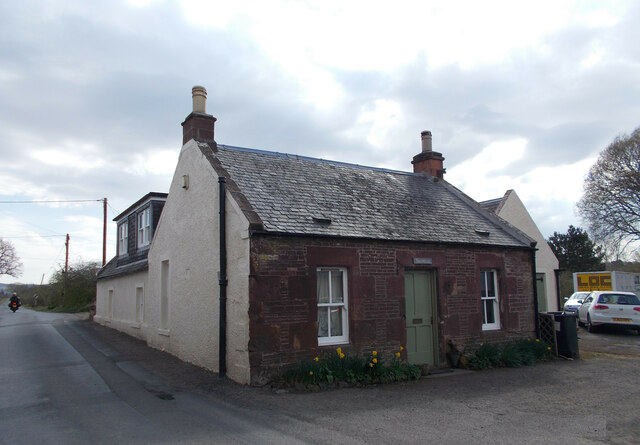

Moot Hill is located at Grid Ref: NT1648 (Lat: 55.72033, Lng: -3.332538)
Unitary Authority: The Scottish Borders
Police Authority: The Lothians and Scottish Borders
What 3 Words
///rejoins.requires.vine. Near West Linton, Scottish Borders
Nearby Locations
Related Wikis
Romannobridge
Romanno Bridge is a village on the Lyne Water, on the A701, in the Scottish Borders area of Scotland. Settlements nearby include West Linton, Halmyre,...
Newlands, Scottish Borders
Newlands is a parish in the Tweeddale committee area of the Scottish Borders council area, in southeastern Scotland. == Geography == Newlands is on the...
Bordlands
Bordlands is a village in the Parish of Newlands in the Scottish Borders area of Scotland. The former name of Bordlands was Boreland. == See also == List...
Broomlee railway station
Broomlee railway station served the village of West Linton, Peeblesshire, Scotland, from 1864 to 1933 on the Leadburn, Linton and Dolphinton Railway....
Nearby Amenities
Located within 500m of 55.72033,-3.332538Have you been to Moot Hill?
Leave your review of Moot Hill below (or comments, questions and feedback).
